Fa più rumore un albero che cade di una foresta che cresce. (Lao Tzu)
Sezione Botanica - Alberi e Arbusti
Gruppo Lavoro: Arianna MARTOLINI - Cristian CUCCHIARA - Andrea CRISTIANO
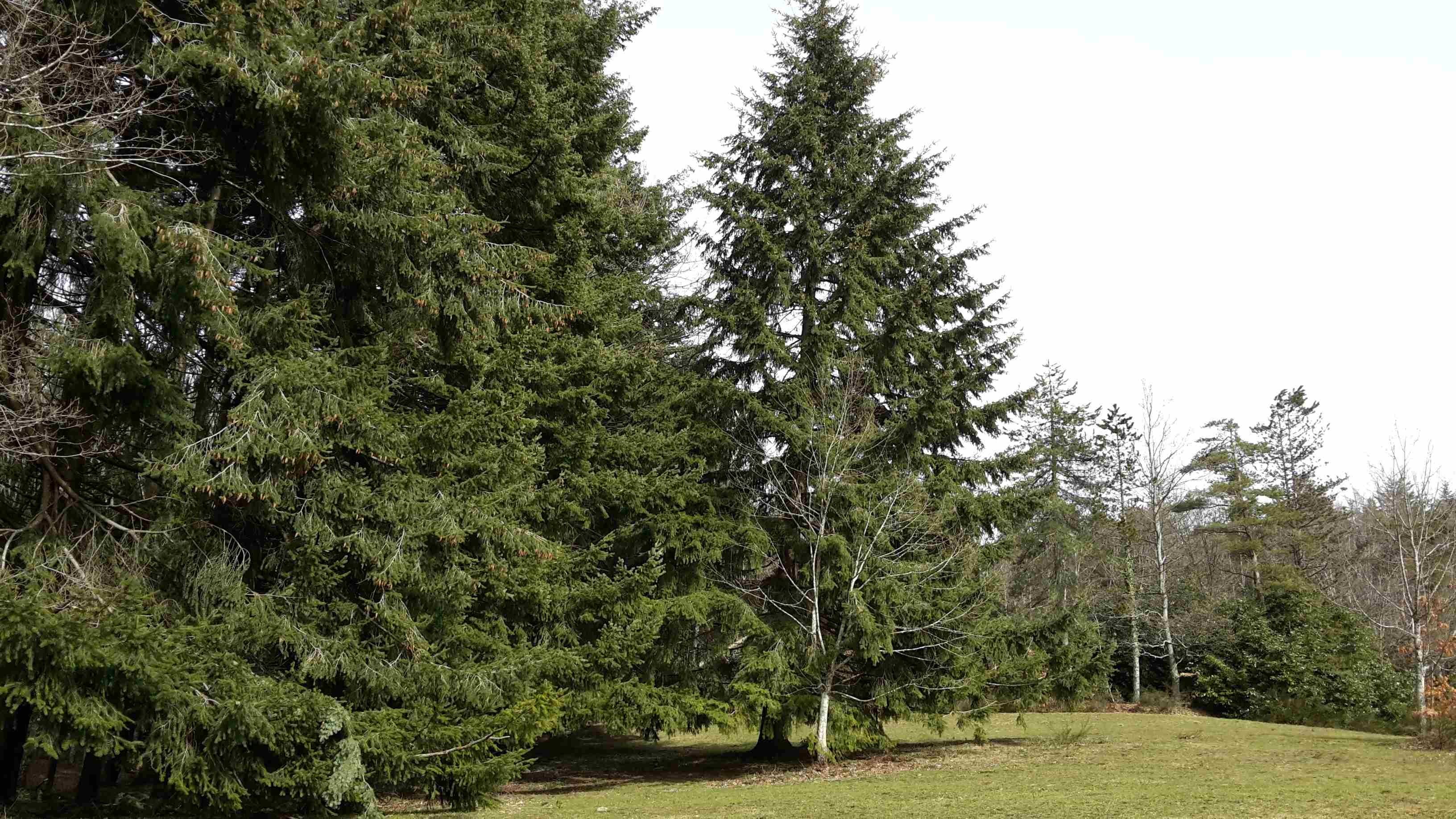

Sezione Botanica - Alberi e Arbusti
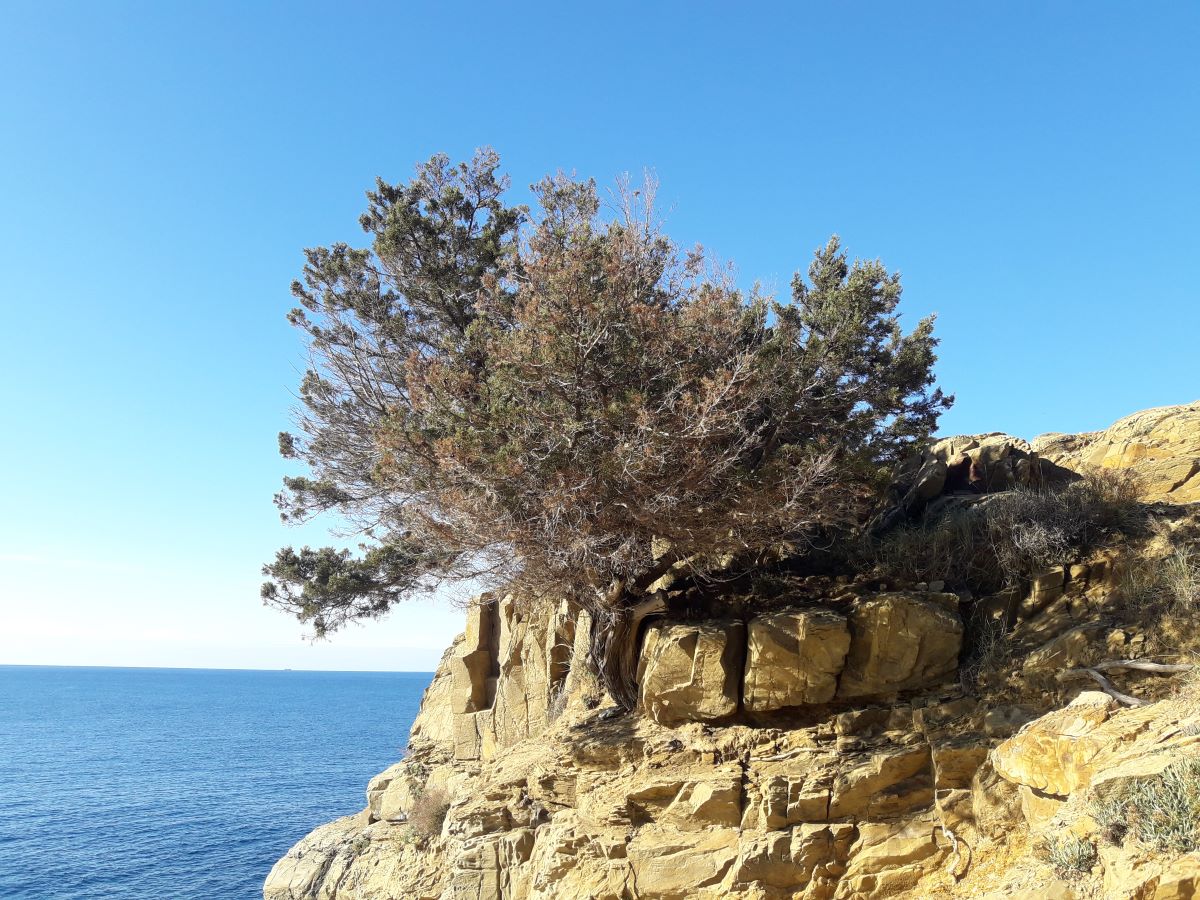
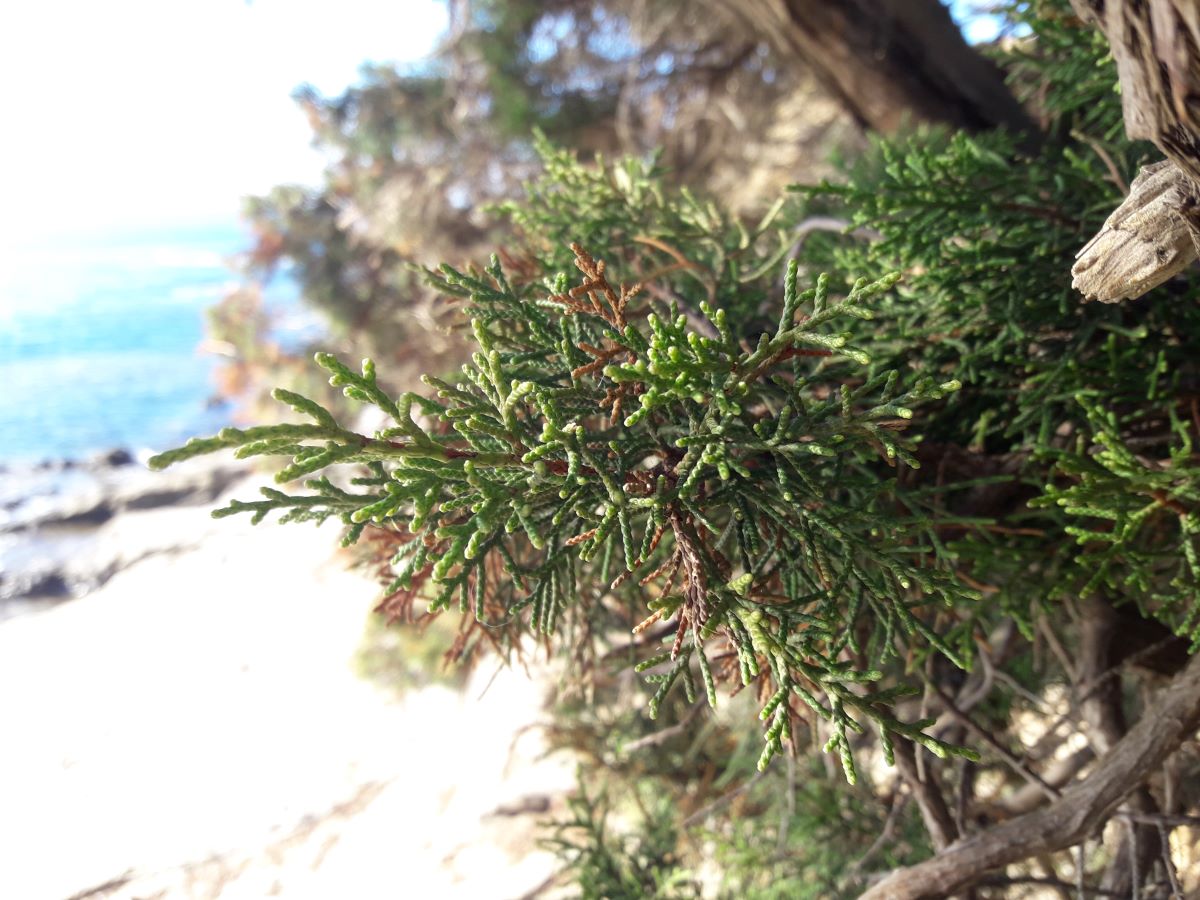
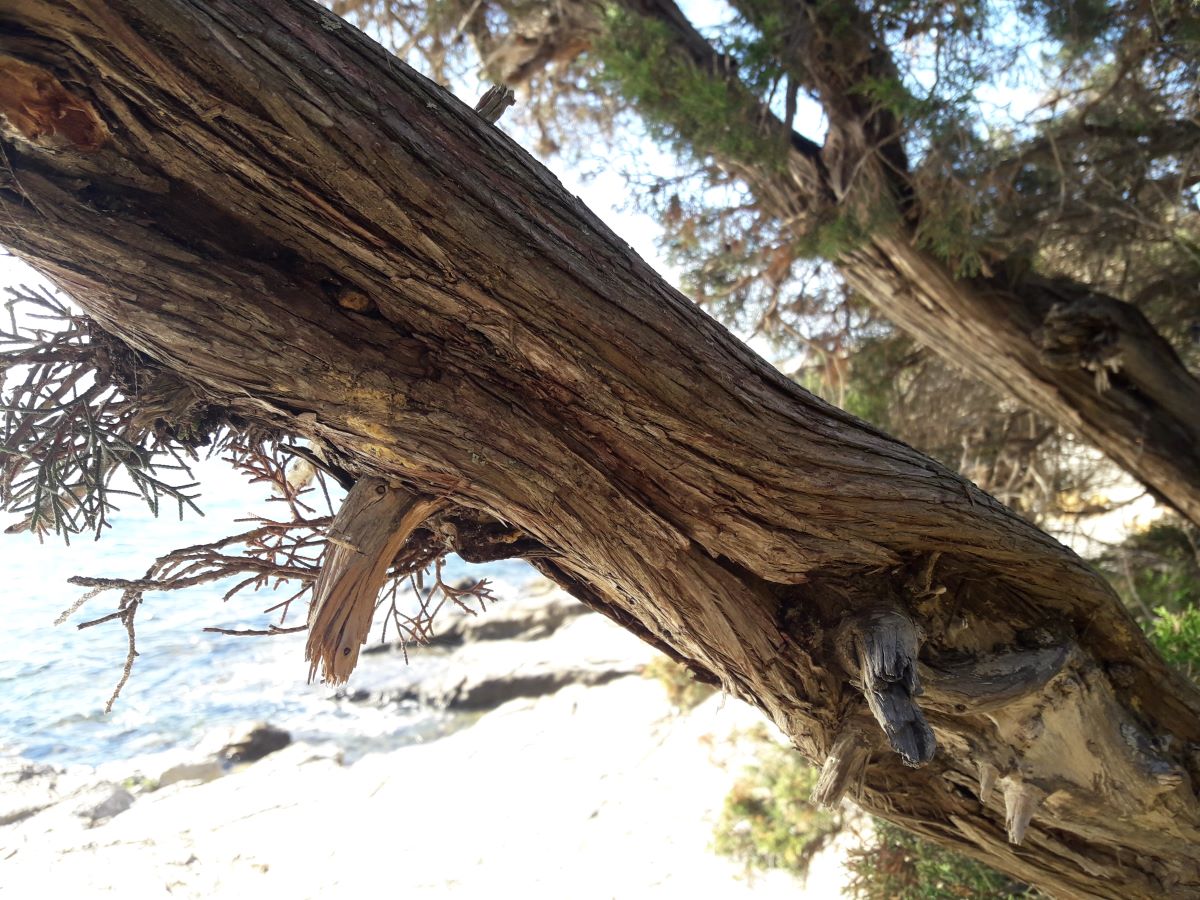
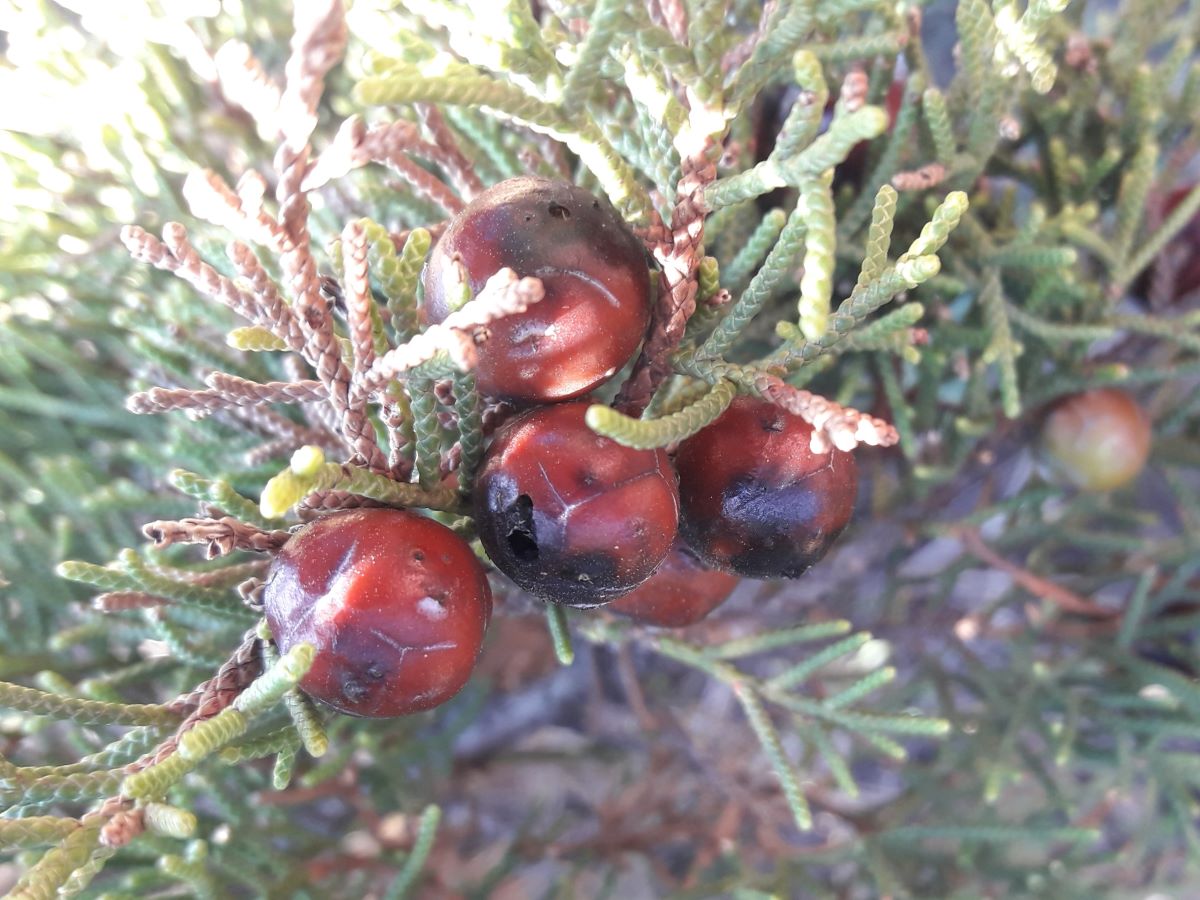
NOTA BENE E RACCOMANDAZIONI
LE SPECIE VEGETALI RIPORTATE NELLE PRESENTI SCHEDE SONO STATE RACCOLTE E DETERMINATE DALL’AUTORE DELLA SCHEDA
QUALE PERSONA DI ESPERIENZA E CONOSCENZA DELLA SPECIE VEGETALE TRATTATA. LE STESSE SCHEDE VENGONO PUBBLICATE
AI FINI DIVULGATIVI. IL GRUPPO MICOLOGICO CECINESE E GLI AUTORI DELLE MEDESIME SCHEDE DECLINANO OGNI RESPONSABILITA’
DERIVANTE DA UN INAPPROPRIATO COMPORTAMENTO DI TERZI IN MERITO AL CONSUMO DELLE SPECIE VEGETALI SENZA DETERMINAZIONE
CERTA DEI LORO RACCOLTI O IN MERITO AL LORO UTILIZZO MEDICINALE O TERAPEUTICO.
COMUNICATECI EVENTUALI VOSTRE SEGNALAZIONI SCRIVENDOCI ALL’INDIRIZZO
comitato.scientifico@gruppomicologicocecinese.it